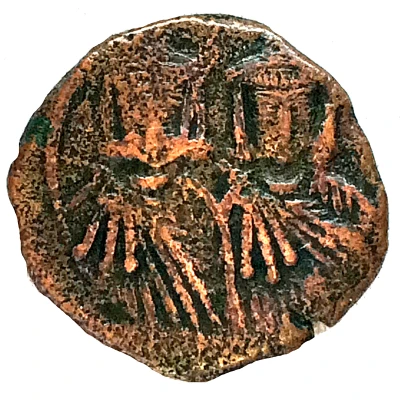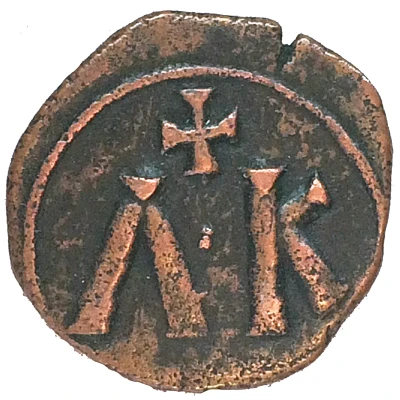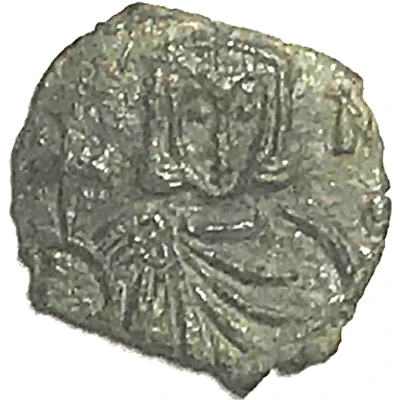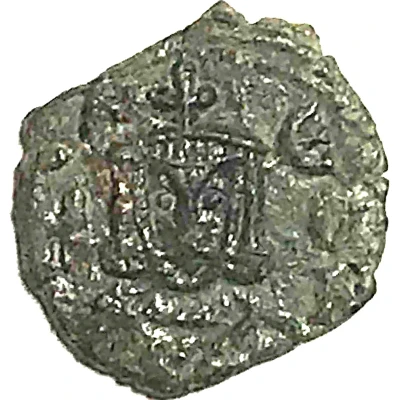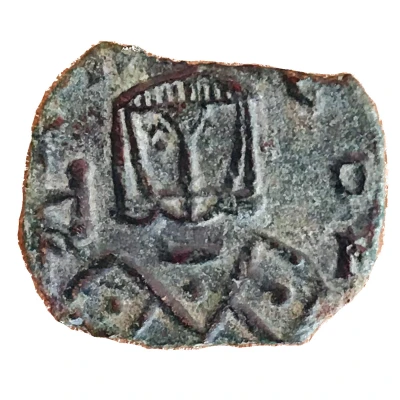
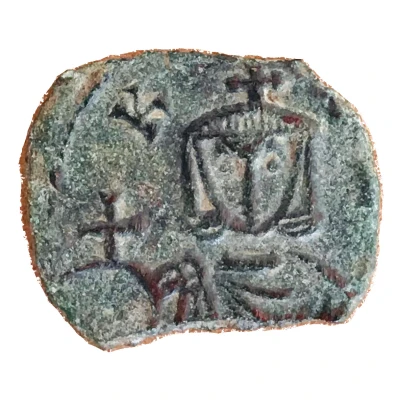

© Aquistapace
Follis - Leo V Syracuse ND
| Copper | 3 g | 18 mm |
| Issuer | Byzantine Empire (Byzantine states) |
|---|---|
| Emperor | Leo V the Armenian (813-820) Constantine Symbatios (813-820) |
| Type | Standard circulation coin |
| Years | 813-820 |
| Value | Follis (1⁄288) |
| Currency | Second Solidus Nomisma (720-1092) |
| Composition | Copper |
| Weight | 3 g |
| Diameter | 18 mm |
| Shape | Round (irregular) |
| Technique | Hammered |
| Orientation | Coin alignment ↑↓ |
| Demonetized | Yes |
| Updated | 2024-10-04 |
| Numista | N#287024 |
|---|---|
| Rarity index | 88% |
Reverse
Constantine facing, crowned, wearing chlamys, no beard, holding cross on globe.
Scripts: Greek, Latin
Lettering:
KONCT
C-I
Unabridged legend:
Κωνσταντῖνος
ςiracusa
Translation:
Constantine
Syracuse
Edge
Plain
Comment
The 7th century onwards saw a shift from Latin to Greek language in the Eastern Roman Empire (Byzantine), possibly starting with Constans II in the 600s.Interesting fact
The Follis coinage was introduced by Emperor Leo III in 726 AD, and it remained the standard coinage of the Byzantine Empire until the 11th century. The name "Follis" comes from the Greek word "follis," which means "bag," as the coins were originally issued in small leather bags or purses. The Follis coinage was made of copper and had a distinctive design, featuring the emperor's image on one side and the Byzantine eagle on the other. Over time, the Follis coinage became debased, with the copper content decreasing and the weight of the coins being reduced. Despite this, the Follis remained an important part of the Byzantine economy and was widely used for trade and commerce.
